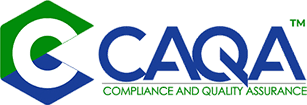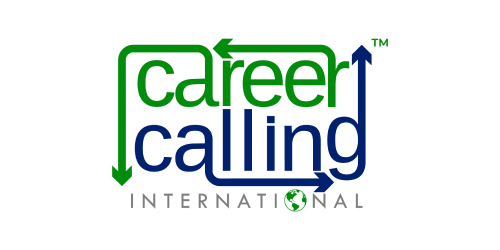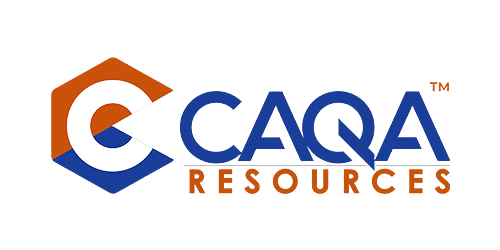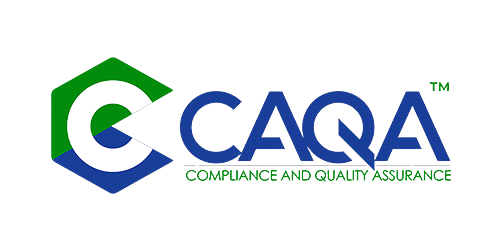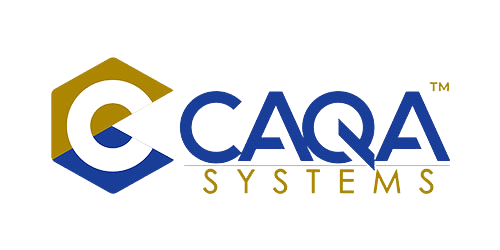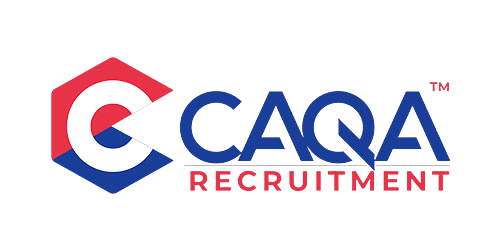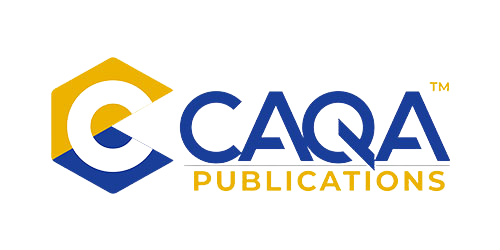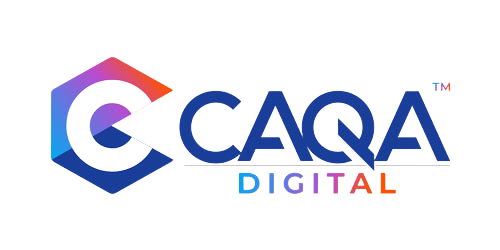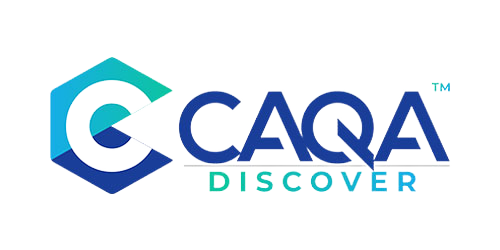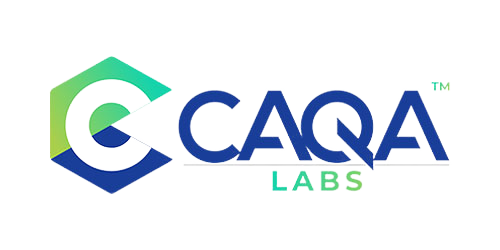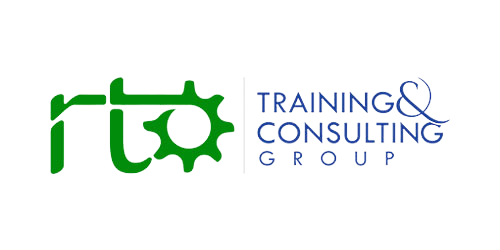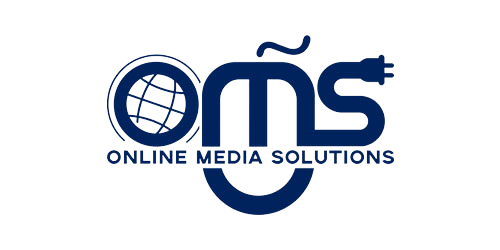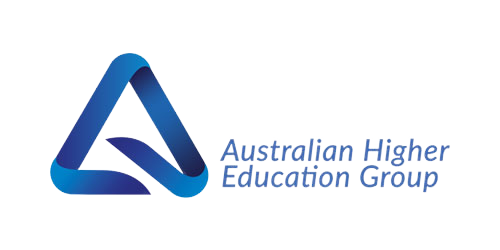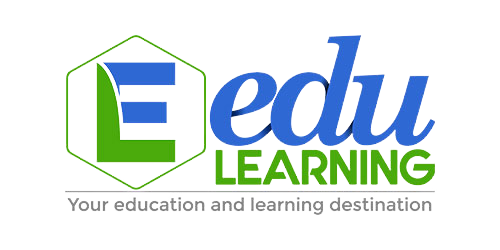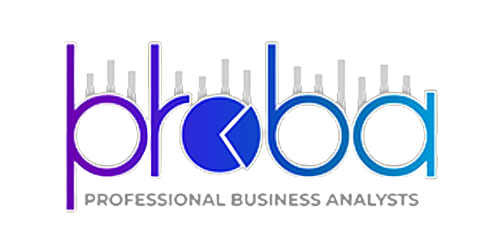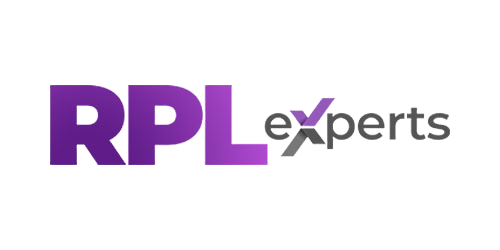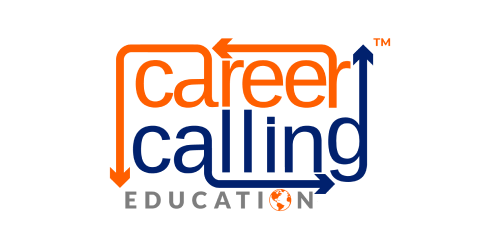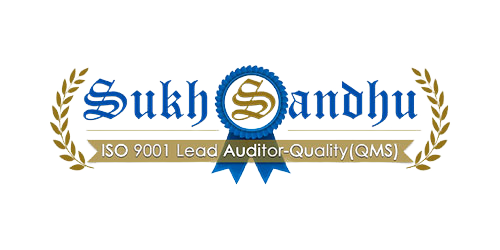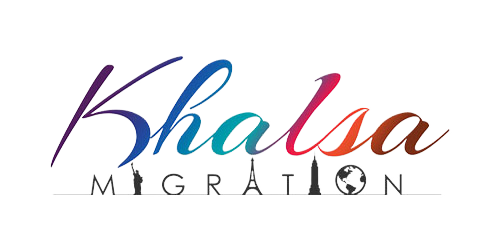Why the word matters more than you think
In Australia’s regulated economy, the word “expert” carries real social influence—and real legal risk. Unlike protected professional titles such as medical practitioner or solicitor, “expert” is not a legally standardised label. That freedom tempts some people and businesses to overreach in bios, tenders, and sales decks. Under Australian Consumer Law (ACL), however, claims of expertise that mislead or deceive can attract serious penalties, compensation orders, and reputational damage—even if no one intended to mislead. In VET, consulting, CRICOS, and adjacent education markets, the problem is especially acute: buyers often rely on outsized claims of authority, and outcomes can be hard to verify before engagement. This article explains who gets to be an “expert,” how the ACL treats expertise claims, where the risks lie for RTOs and advisers, and what evidence-based practices will keep you persuasive, accurate, and compliant. It also answers a set of questions doing the rounds in sector discussions: who decides expertise, what counts as proof, what happens when the sector can’t agree, and when does a self-proclaimed expert cross the line into illegality.
Who decides expertise when there’s no single referee?
Across most industries, there is no uniform, legislated gatekeeper for the title “expert.” Professions like medicine, law, and some branches of engineering and accounting use protected titles and registration to control who may practise and on what terms. Outside those frameworks—including much of VET, consulting, training design, quality assurance, recruitment, and advisory work—“expert” remains a social signal rather than a regulated status. In courts and formal investigations, the bar is clearer: expert evidence is admissible only from people with specialised knowledge based on training, study, or experience, and whose opinions demonstrably apply that knowledge to the facts in issue. In practice, this means decision-makers look past self-descriptions to the person’s demonstrable body of knowledge and track record, and they scrutinise recency and relevance.
In markets without statutory credentials, credibility is assembled rather than conferred. Peer recognition, independently verifiable qualifications, publications and standards contributions, client outcomes, and continuing professional development (CPD) form the core of that assembly. None of these elements alone “makes” an expert; together they create a pattern that others can interrogate. When industries disagree about who is an expert, tribunals and courts resolve disputes by weighing relevance, methodology, and evidence of results rather than the label itself. In other words, the test is practical: does this person’s knowledge and performance warrant reliance in this context?
The ACL lens: why overclaiming expertise can be unlawful
Section 18 of the ACL prohibits misleading or deceptive conduct in trade or commerce. It captures representations that create a false overall impression, including implications that someone has a level of skill, seniority, or authority they do not have. Crucially, the law does not require intent; liability can arise where an audience is in fact misled by an unjustified claim of expertise. Section 29 goes further for services, banning false or misleading representations about a provider’s qualifications, competencies, or approval status. If a consultant markets themselves as an expert in ASQA audits or CRICOS law without the training, track record, or recognition that a reasonable customer would expect, the claim risks breaching the ACL. Penalties can include court-ordered remedies, infringement notices, corrective advertising, fee refunds, and—perhaps most damaging in the education sector—lasting reputational harm with regulators and clients alike. The onus sits with the claimant: you must be able to substantiate what you say about your expertise with reasonable grounds and objective material when asked.
When “expert” becomes dangerous in education and VET
Education is fertile ground for overclaiming because buyers often can’t test promises upfront. RTO advisory, internal audits, funding applications, third-party delivery arrangements, and compliance triage rely on asymmetric information: clients must trust what they’re told about competence. Three patterns create legal and commercial exposure. First, exaggerating scope: an adviser with narrow experience implies mastery across the entire Standards for RTOs (2025), ESOS, and state funding frameworks. Second, implying approval: a consultancy suggests a regulator recognises or endorses their expertise when no such endorsement exists. Third, misrepresenting results: promising guaranteed registration outcomes or issue-free audits where results depend on client practice and regulator judgment. Each pattern risks contravening section 18 and section 29 because it communicates an expertise, authority, or outcome that reasonable customers would not receive on the facts. The higher the stakes—licensing-linked delivery, CRICOS entry, rectification after regulatory action—the less tolerance there is for spin.
So who counts as an expert—and on what grounds?
In commercial life, expertise is a claim that must be earned, evidenced, and continually refreshed. The strongest grounds blend four pillars. First, knowledge: formal study, micro-credentials, and recognised training that clearly map to the domain in which you operate. Second, experience: years in the role are not enough; relevance matters. A decade of generic training does not automatically confer expertise in 2025 Outcome Standards self-assurance or CRICOS governance. Third, results: de-identified case studies, independent testimonials, audit outcomes, and measurable improvements attributable to your work. Fourth, peer validation: invitations to contribute to standards, speak at reputable conferences, advise independent panels, or publish substantive guidance vetted by others. CPD ties the pillars together, demonstrating recency and growth. A credible expert claim does not require perfection or universal acclaim, but it does require coherence: a reasonable client must be able to follow the thread from learning and practice to outcomes and recognition.
What if the sector can’t agree—or there are “no experts”?
Where there is no common accreditation and reasonable minds differ, the practical approach is to narrow the claim. Rather than asserting “I’m an expert,” describe the specific domain and the specific evidence base: “I specialise in RTO self-assurance and risk under the 2025 Standards; over the past three years, I have led 40 internal audits for medium and large providers, with documented reductions in non-conformities and improved student support metrics.” This reframes expertise as contextual and testable. It also reduces the risk that a rival view or an adverse outcome in an adjacent area will be misread as proof of misrepresentation. In disputes, decision-makers weigh method and substantiation. A transparent, bounded claim that can be backed with contemporaneous documents, references, and data will travel better than a sweeping label that cannot.
When does a self-proclaimed expert breach the ACL?
There is no magic word that triggers liability, but a pattern of overstatement, omission, or implication can do so. Red flags include claiming regulator endorsement when none exists; implying guaranteed outcomes in audit, registration, or funding allocations; representing that qualifications or memberships confer authority they do not; omitting material limitations (for instance, lack of experience with the ESOS Act when advising a CRICOS applicant); and using fabricated, selectively edited, or unverifiable testimonials. Courts and regulators look at the overall impression on a reasonable audience. If the net effect is that customers believe you hold expertise or approval beyond what you can prove on reasonable grounds, you risk contravening sections 18 and 29. The safest posture is evidence-led restraint: state what you can show, qualify what depends on third parties, and avoid implying that “expert” status guarantees outcomes.
Practical guardrails for RTOs, consultants, and leaders
The most effective protections are cultural, documentary, and contractual. Culturally, build a norm of precision. Replace sweeping labels with specific domains, methods, and limits. Encourage teams to sanity-check bios, tenders, and marketing copy for claim-to-proof alignment. Documentarily, maintain an “expertise file” for each person whose credibility matters to clients or regulators. Include qualifications with dates, CPD logs, de-identified case studies linking actions to outcomes, peer-reviewed materials, panel roles, and speaking invitations. Keep it current; stale evidence erodes credibility and currency. Contractually, avoid promises that look like guarantees. Frame commitments around processes, deliverables, and decision support rather than outcomes that sit with the regulator or funder. Where you rely on subcontractors or third-party partners, ensure their representations about expertise are accurate and flow down into your agreements, and set approval steps for co-branded marketing. These steps align with the ACL’s core expectation: that you can substantiate claims and that your audience is not misled by the overall picture your materials create.
Transparency when things go wrong
Even bona fide experts make mistakes or encounter adverse outcomes driven by client constraints or regulatory shifts. The difference between an honest error and misleading conduct lies in the response. Own limitations early; correct the record publicly where appropriate; and explain the factors that changed the risk profile or result. Offer remedies that reflect consumer guarantees for services—due care and skill, fitness for purpose, and reasonable time for supply—recognising that in advisory and compliance work, satisfaction often depends on clarity and candour rather than perfection. Proactive disclosure and repair reduce legal exposure and rebuild trust faster than defensiveness. They also reinforce the social signal that expertise is accountable, not infallible.
What regulators and courts actually examine
In enforcement and litigation, authorities map the claim to the proof. They look at how the representation was made (website, LinkedIn, webinar, proposal), who was targeted, and what a reasonable member of that audience would infer. They examine whether the person had reasonable grounds for the claims at the time, not in hindsight. They test causation: did the representation induce reliance, and did harm follow? And they consider remedies proportionate to harm and deterrence: undertakings, corrective statements, refunds, penalties, and costs orders. For expert reports in regulated contexts—insurance disputes, safety investigations, professional negligence—decision-makers scrutinise methodology, independence, recency of experience, and responsiveness to contrary evidence. Titles count for less than transparent method and reproducible reasoning.
A simple, lawful way to talk about expertise
There is a middle path between timid understatement and risky grandstanding. Speak in verbs before nouns: what you do and what it has achieved, not who you claim to be. Specify the standards, Acts, and instruments you work with; make timelines explicit; credit teams rather than implying sole authorship of complex results; and publish CPD and currency openly. Invite verification: provide contactable referees, de-identified work samples, and clear descriptions of the scope and constraints you navigated. Where you are building capability in a new area, signal that truthfully and pair the claim with the oversight or partnership that mitigates risk: “Our team is expanding into ESOS advisory; we are working under the supervision of a practitioner with fifteen years’ CRICOS governance experience while our consultants complete accredited training.” That is credible, respectful to the law, and intelligible to clients who weigh risk.
Answering the “wild thoughts” directly
When should people call themselves experts? Only when a fair-minded outsider could track from training, study, and experience to results and peer validation in the specific domain at issue, with recency demonstrated via CPD. Who determines it? In unregulated markets, the audience does—clients, peers, and, if challenged, courts and regulators—using substantiation rather than titles. What if the industry can’t agree? Narrow the claim to a defined domain and supply transparent proof; let decision-makers weigh method and outcome. What if there are no “true” experts, only practitioners? Then retire the absolute label and describe scope, practice, and results; your credibility will grow faster than a contested title. When is a self-proclaimed expert in breach of the ACL? When the overall impression misleads a reasonable client about qualifications, authority, or results, and there are no reasonable grounds for the claim, especially where reliance leads to loss. In tight labour markets and fast-moving regulatory change, precision is a virtue. It protects consumers and, just as importantly, it protects you.
Earn the noun, prove the verb, respect the law.
In Australia, “expert” is a powerful signal but a fragile defence. The safest and most persuasive path is to earn the noun by proving the verbs: study, practise, deliver, publish, and keep learning—then describe all of that accurately. If you operate anywhere near regulated consumer interactions, assume your claims will be tested. Make them specific, current, and verifiable. The closer you are to high-stakes advice in VET, CRICOS, or compliance, the higher your duty of candour. In a market crowded with loud labels, the leaders who will outlast the fashion for self-coronation are those who let evidence speak, invite scrutiny, and treat expertise as a responsibility—ethical, legal, and practical—rather than a brand.
This article provides general information and is not legal advice. Seek independent legal counsel for your specific circumstances.
References:
[1] ACCC, Consumer guarantees guidance.
[2] Commonwealth/State consumer guidance on ACL guarantees.
[3] HNT Legal, Practical Guide to ACL.
[4] ACCC, False or misleading claims—advertising and promotions.
[5] Insurance Council of Australia, Expert evidence fact sheet.
[6] Clayton Utz, Australian Consumer Law overview.
[7] ALG Legal, Breach of ACL—misleading conduct.
[8] Go To Court Lawyers, Consumer claims and misrepresentation.
[9] Law Council of Australia, Australian Consumer Law resources.
[10] Consumer Affairs Victoria, Guarantees that apply automatically.
